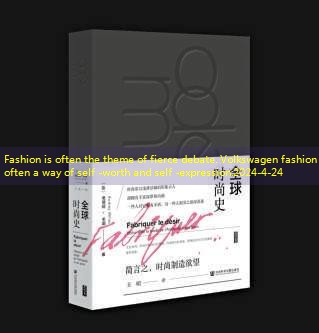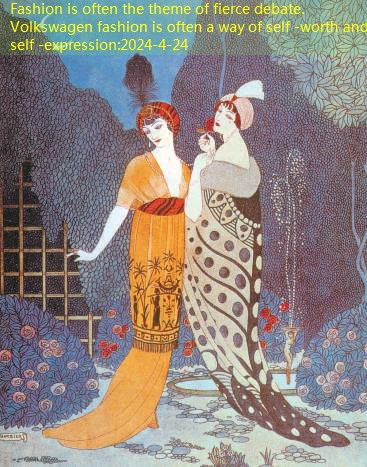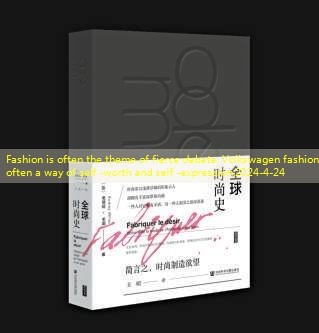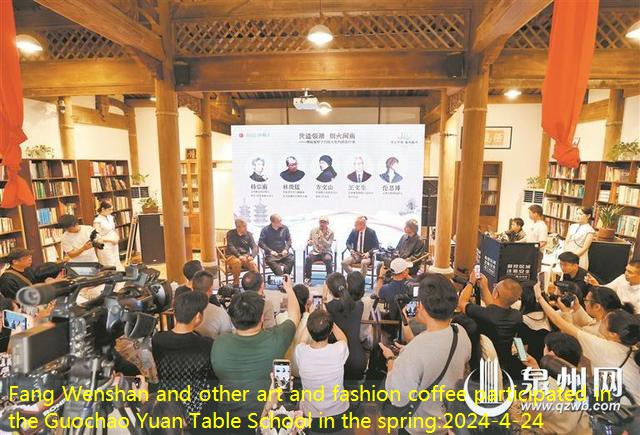
“History of Global Fashion” Audrey Miye and Wang Zhao’s translation of social science literature publishing house

Inner page illustration
Between the temptation and desire, whether the rich or the poor, scientists or cleaners, political elites or industrialists, fashion prompts different consumers to respond.
Since ancient times, desire and enjoyment have always affected people.As Gilles Lipovetsky pointed out, after World War II, the world shifted from consumer capitalism to seductive capitalism.I think it is the prelude to human activities that have kicked off for centuries.As we all know, capitalism has risen in the 14th century.Before the end of the Middle Ages and the beginning of the Renaissance, the production and manufacturing system had operated quite well.We need to review the issues of family textiles, women and housework for several centuries.No matter how clever the textile mother, it is impossible for the clothes of the whole family. Therefore, it is necessary to ask whether the garment and human survey paradigm really appeared in the 19th century.In the end, we can only guide the exploration of things with only the use of investigating items, fashion trends, or the origin of the entire fashion system.
In the Middle Ages, textiles, especially weaving, were considered to be women’s work.However, it is difficult to believe that women’s work can meet the needs of all Europeans.From the economic important position of the textile industry, men are likely to participate in this booming industry.In any case, interest in appearance will have an impact on personal performance, self -awareness, and understanding of the role of people in the world.Clothing has built the main expression.Consciously manipulating the social connotation of clothing has enhanced the meaning of fashion.
In the 19th century, fashion performance was characterized by a universal norm, a kind of homogeneity of appearance, and even the body’s closedness.The increasingly rich market supply has spawned personalization.Since the 20th century, fashion has undergone profound changes every 20 years.The 20th century was the era of production, consumption and mass media.Volkswagen fashion has become a popular formal form, a way to enhance self -worth and self -expression.With the improvement of technical progress and the improvement of materials, people can buy cheaper, more comfortable, and more attractive clothes.
Today, the changes in fashion seem to be quite frequent, and there are many choices.This is the fact to a certain extent.However, personality is not reflected through new clothing.The frequency of changes in clothing, tailoring, and style of clothing are not high -once every 10 years.
Fashion changes accelerate the marking different historical periods.The characteristic of super modernism is the flood of “new things” -here refers to those things that look new.On the contrary, the previous industrial era economics and industrial economy have one thing in common: fashion is a theme of fierce debate, and is criticized and condemned as the source of many sins.
Furniture or architecture has never been criticized by the appearance of clothing and people.For centuries, clergy, philosophers, moralists, politicians, and scholars have condemned the negative impacts of the appearance of clothing and people: vanity, slutty, deception, superficial, social chaos or gender chaos.The consumption model has also been criticized.The extravagant people discarded items that they were not worn but no longer popular.The clothes that you can buy easily have become the target of attack, and more and more people are condemned.In addition, clothing is related to the definition of identity.Feminist groups strongly oppose women to wearing high heels, and believe that this implies that women’s social status is lower than men’s social status to a certain extent.High -heeled shoes are also regarded as a kind of deception, although this view is not common.The explanation of women’s masculinity is often uncomfortable …
In the 19th century, with the general opening of consumption, fashion clothing became a waste of synonyms.Thorstein Veblen’s book centered on this topic is still widely cited.Emerging bourgeoisie shows their wealth through luxury consumption, waste and leisure activities.Clothing is both the perfect carrier of this cultural expression and the embodiment of social status.
Fan Belun believes that people admire new fashion to get rid of the influence of the previous fashion, and until the latter fashion is abandoned.Women’s clothes can more reflect this trend than men’s clothes. Fanbren adopts a rational and functionalist position to condemn these fashion characteristics, not only because they degrade women into men’s personal belongings, but also because of the essence of fashion and unreasonableness and unreasonableness andUseless.
Some criticism already existed before the 19th century, and it still exists.Some intellectuals point out that clothing is an ugly and irrational thing.Jean Baudrillard condemned the fashion system because real beauty should not be associated with cycles, seasons and trends.If Mei is part of the wardrobe, then the role it plays should be the end of fashion.Elizabeth Wilson opposed Fanbre and Baldrida, accusing them of not understanding happiness. Their words were based on some subjective beliefs, such as useless, superficial or waste.
(The author is a doctor of literature and history, researcher at the Economic and Social History of the National Science Research Center of France, Audrey Miye, teacher of French Academy of Social Sciences)
Source: Beijing Daily



